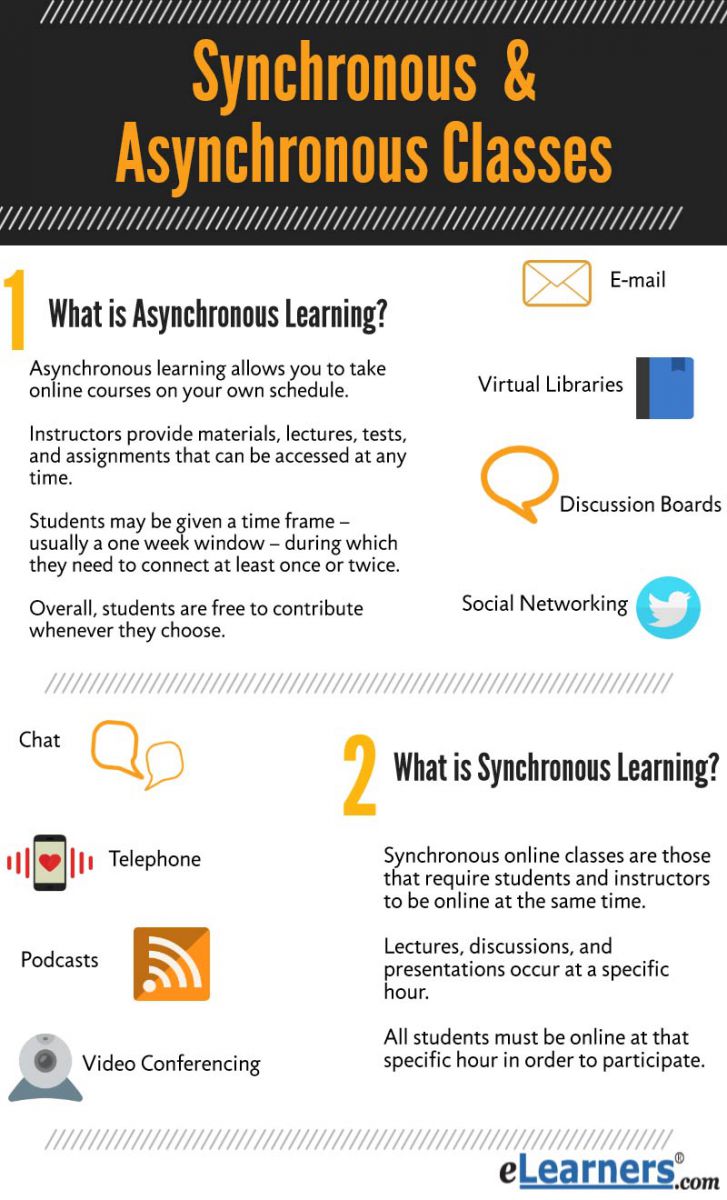
My thoughts..... I have to say, I never thought of myself as an online learner, let alone even thinking of teaching online. That being said, boy was I WRONG! I was reflecting the other day in preparation for writing this post how far I've come since starting my masters in education. Looking back to before I started I believed in the old school type of education. You used paper, pencil, take extensive notes yadda yada.,, That's what I did, and I turned fine. So how could using technology enhance students learning by taking away the benefits of teacher-student interactions or student-student interaction? The answer was simple IT DOES!!! More so than I've ever thought. I will be the first to admit, embracing technology has been challenging. I've missed 10 yrs of advances while raising children. That's why I had the old school way of thinking. After completing this course and 2 others of Dr. Linton's online teaching classes, I have put that way of thinking to rest. I'm all about embracing technology and its uses for education and learning.
Key concepts and skills I've learned.....
- Methods and tools to engage students
- Student-centered instructional strategies
- Methods for asynchronous facilitation
- Methods for synchronous facilitation
- Facilitate asynchronous discussion
- Create presentation and facilitate synchronous class meeting
- Provide a variety of ongoing and frequent teacher-student interaction, student-student interaction, and teacher-parent interaction opportunities
- Feedback and communication among peers
- Techniques for using appropriate communications
- Tools and resources to help facilitate online learning
Learning experiences that have been helpful....
One of the best learning experiences for me in this course had to be the collaborative group work. Having the opportunity to teach our peers, facilitate the asynchronous and synthronus learning, and receive feedback was invaluable. What I liked most about conducting the teaching portion of the course was getting the hands on experience. Making mistakes and figuring out how to make it work better. Plus it gave me a better understanding of what is involved in conducting an online class. During the process, I learned about new tools and techniques from my group members. The sharing of this knowledge with each other was wonderful. Having not as much experience with the tools or strategies it was great to have team members who were willing to share their knowledge and experiences. Another valuable portion of this class was the feedback. Even though this is an area I lack, it was great to have my peers provide their thoughts on topics.
Another learning experience I enjoyed in this class was the opportunity to have the asynchronous learning opportunities. I really enjoy when the class comes together during those WebEx meetings. Again, having the opportunity to listen to their experiences, use of particular tools, strategies or techniques is amazing. It's so informative to hear the things that they liked or disliked about a particular tool or resources. As for online learning, I find these meetings to be the most informative.My Biggest Challenge in this course.....

There wasn't anything in this course that was not helpful. So instead I'm going to tell you what was my biggest challenge in this course. As a newbie to the online education environment, the one thing that I continually struggle with is feedback. Not just student feedback but peer feedback. It is tough for me to critique, one of the reasons why is a lack of confidence in my knowledge. I have no problem giving feedback in my subject area of science, but among my peers, in the MAT I struggle. I believe as I build confidence in my knowledge of terminology, experiences, techniques and strategies feedback will no longer be an issue.












